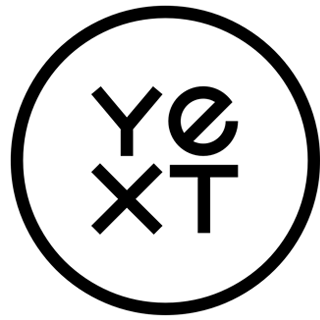If you're a multi-location brand serving consumers in the EU, now is the time to get ahead of this regulation. Here's where to start:
1. Audit your digital experiences: Start with your consumer-facing websites and apps. Use automated tools (i.e. Wave and accessibilityinsights.io) to flag common technical issues – but follow up with a deeper, manual review to catch things automated tests will not catch. We'll also perform a number of targeted manual tests covering key areas, and we'll share those outputs as part of our ongoing support.
2. Align your team around accessibility: Accessibility isn't just a dev issue. Loop in brand, design, marketing, and legal to facilitate alignment across the board.
3. Build accessibility into your roadmap: Know that fixing gaps takes time. Prioritize updates, assign ownership, and make accessibility part of your roadmap. "Accessibility" isn't a box to check; it should be a part of the future of all of your offerings.
4. Rethink quick fixes: Accessibility overlay widgets often promise easy fixes — but many fail to meet EAA standards. They can also increase page load times, which may negatively impact SEO. Instead, choose long-term solutions that integrate accessibility into your site design and content.
5. Bring your providers into the process: If Yext powers part of your digital presence, talk to us early. We'll help you assess what's in scope and how to move forward — together.

